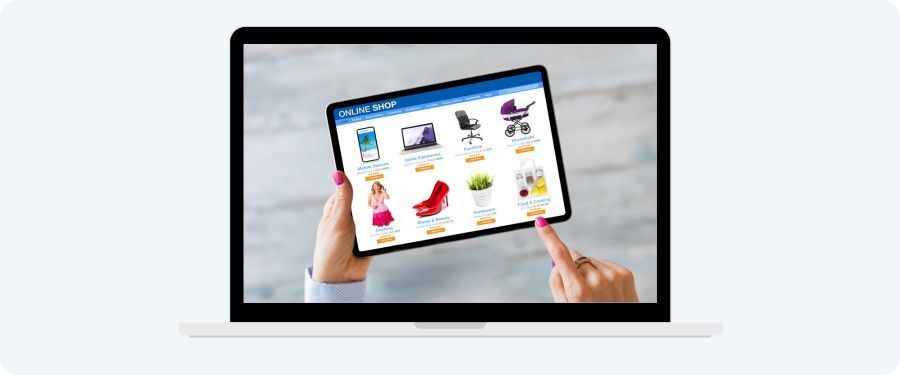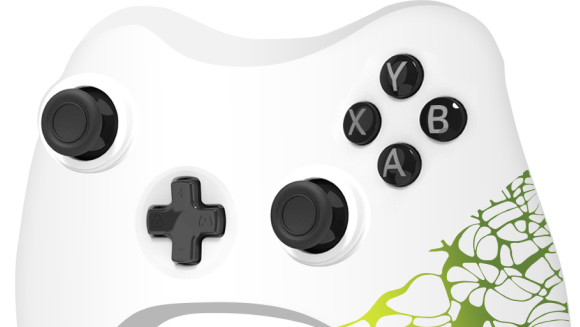Transform Your Store With a Visual Product Customizer
A visual product customizer can solve common friction points like limited customer choice and low conversion rates. This guide covers the benefits of visual customization tools, strategies to boost sales and engagement, ways to improve satisfaction, and tips on choosing the right platform and measuring success.

Transforming Your Store With Visual Product Customization Tools
Visual product customizers help shoppers personalize products using real-time editing, intuitive 3D models, and trend-driven designs. These tools boost engagement, improve satisfaction, and increase order value while simplifying navigation and enabling design sharing across social platforms.
Analyze Customer Preferences to Shape Design Options
Use product data to track design trends and align custom options like engraving or screen printing with customer preferences. This data-driven approach improves offerings and supports sustainable production practices.
Enable Real-Time Editing for Personalized Shopping
Allow users to apply personalized engravings or prints through a responsive interface. Live editing features enhance user control, helping businesses refine their product line while delivering a seamless experience.
Utilize Interactive 3D Models for Better Engagement
Let customers explore dynamic previews of products in 3D. This feature boosts confidence in purchase decisions and raises interaction rates, particularly in industries like apparel or branding.
Offer a Wide Range of Customizable Products
Include options that reflect popular trends, accessible through a simple web interface. By supporting a variety of preferences, retailers attract a broader audience and foster loyalty.
Facilitate Easy Navigation
Ensure intuitive navigation across all devices. Features like a visible “Start Designing” button and mobile-friendly layout reduce frustration and improve the overall shopping experience.
Allow Customers to Share Designs on Social Media
Enable customers to post their finished designs directly from the platform, increasing brand visibility and promoting social proof. Integration with tools like WooCommerce and JavaScript enhances this capability.
Boosting Sales Through Enhanced Product Customization
Introduce Limited-Time Customization Offers
Create urgency with limited-time options and VR previews. This increases conversions and encourages buyers to take immediate action, especially during key promotions.
Use Data Analytics to Refine Products
Track user behavior to identify top-performing features and optimize offerings. Analytics dashboards guide retailers in updating their custom product catalog efficiently.
Implement Email Marketing Campaigns
Promote designs via email using AI-personalized messages and visual-rich layouts. These campaigns highlight unique customization benefits, improving CTRs and driving repeat visits.
Create Bundled Offers
Combine customizable items into value-focused bundles. This strategy improves conversion rates and clarifies the benefits of buying more together.
Provide Customer Testimonials
Use customer stories and reviews to build credibility. Testimonials showing satisfaction with the customization process reduce buying hesitations and foster trust.
Feature Upselling Opportunities
Integrate upselling prompts during the design process. For instance, offer upgrades or add-ons in real time without disrupting the user experience. Real-time cart syncing and payment options simplify this.
Increasing Customer Satisfaction With Visual Customizers
Streamline the Ordering Process
Use Shopify or WooCommerce-compatible tools to minimize clicks during checkout. Clear interfaces and fast rendering improve user satisfaction and reduce abandoned carts.
Provide Clear Visual Previews
Offer high-resolution previews for every customization choice. This builds user confidence and reduces returns due to unmet expectations.
Offer Design Support
Include proactive customer support via chat or tutorial videos to help users during customization. Addressing design confusion early improves experience quality.
Implement Easy Return Policies
Ensure buyers can return personalized items easily, even with uploaded PNGs or custom layouts. This builds trust and increases conversion rates.
Gather Feedback to Refine Features
Collect customer input via surveys and behavior tracking to improve design options. Use insights from mobile and desktop experiences to iterate continuously.
Personalize Marketing Messages
Leverage customer data to target campaigns based on past behaviors. Personalized outreach creates more meaningful connections and higher conversion potential.
Choosing the Right Platform for Your Visual Customizer
Compare Software Solutions
Review platforms like WordPress, BigCommerce, or Magento for flexibility, UI, and ERP compatibility. Choose tools that integrate with your existing stack and support interactive customization.
Evaluate User Compatibility & Design Flexibility
Ensure support for multiple file types, languages, and design formats. Flexibility ensures broader reach and better customer satisfaction.
Consider Integration With Existing Systems
Choose platforms that connect to ERP, CRM, or inventory systems. This ensures a seamless flow of data from design to delivery.
Analyze Customer Reviews
Use third-party feedback to understand real-world functionality, especially around pricing modules and sales impact.
Assess Cost vs. Functionality
Balance price with performance—ensure smartphone responsiveness, PDF export, AR tools, and solid UX justify the investment.
Investigate Vendor Support
Look for providers with real-time chat, documentation, and technical support to solve issues quickly and keep operations running smoothly.
Successfully Implementing Visual Customizers
Develop a Project Plan
Break down implementation into phases: setup, asset prep, testing, and launch. Assign roles and timelines to keep the process smooth.
Train Your Team
Offer live demos, workshops, and documentation to prepare your staff for rollout. Proper training ensures consistent customer interactions.
Launch a Beta Test
Test the tool with a small audience first to gather insights and identify UX bugs. This step ensures higher adoption post-launch.
Monitor Performance Metrics
Track KPIs like conversion rate, average time spent, and error rate to measure success. Adjust strategies based on this data.
Adjust Features Based on Feedback
Use qualitative and quantitative feedback to refine options and improve ease of use. Iterate quickly to stay aligned with customer needs.
Promote the Visual Customizer
Announce the launch via email, blog, and social media. Highlight success stories, design inspiration, and ease-of-use to drive adoption.
Measuring the Success of Visual Customization Features
Track Sales Growth
Compare revenue from customized items before and after implementation. Look for uplift linked to the customization tool.
Analyze Engagement Metrics
Monitor actions like time spent, clicks per design, and preview interactions. High activity shows value and engagement.
Assess Satisfaction via Surveys
Use post-order surveys to collect feedback on tool usability and feature value. Use results to prioritize future updates.
Monitor Social Media Reactions
Track shares, comments, and hashtags related to custom products. Use this insight to promote popular features and user-generated content.
Identify Trends With Analytics
Use analytics to find top-used features, abandoned actions, or most-saved designs. These guide roadmap decisions.
Revisit Strategy Based on Outcomes
Review monthly or quarterly to refine your approach. Use insights to improve UX, marketing, and feature performance.
Conclusion
A visual product customizer transforms your online store into an interactive, personalized shopping destination. From increasing sales and satisfaction to streamlining operations and scaling customization, this tool empowers retailers to stay competitive and customer-focused in today’s ecommerce landscape.




